
Red buckwheat (Erigonum rubescens)
Eriogonum is a versatile plant that works really well in drought tolerant gardens. It’s a California native plant with lots of personality. Eriogonums, also known as buckwheat* feature plants of various heights and spreads that work well in most landscapes. The flowers are splashy and prolific and last for a long time.
Description of Plant
Buckwheats can be 1 foot tall to over 8 feet tall. Flower colors are shades of yellow, pink, or white, and in some varieties the flowers turn an attractive rusty color after they bloom.
| USDA Zones:6-10 Height:2-8 feet Width:3-10 feet Sun/Shade:full sun, tolerates light shade; in hot areas provide light shade in summer. Water Requirements: drought tolerant, occasional water once established. Pruning: very low care plant, deadhead and prune off dead growth in fall to shape plant. Other needs: prefer well-drained soil. |
Buckwheat Descriptions
Eriogonum grande rebuscens or red buckwheat is one of the smallest buckwheat plants at only 1 foot tall, however it spreads for 2-3 feet. The flowers are a really striking pink color. The plant does well in full sun however it should be planted in partial shade in areas with hot, dry summers.

CA buckwheat (Erigonum fasciculatum)
Eriogonum nudum ‘Ella’s Yellow’ is a cheerful yellow-flowered buckwheat with flowers that turn golden in fall. The plant grows to 3 feet tall and 2-3 feet wide and blooms in spring throughout summer. The flowers are reported to be a good as a cut flower.
Drought Tolerant Plants
Buckwheats are adapted to survive through periods of drought conditions. A drought is defined as a period of dryness that may last several months or even years. However, even drought tolerant plants require deep water in order to become established before they can survive a period of drought. Read about deep watering under Gardening 101: Watering.
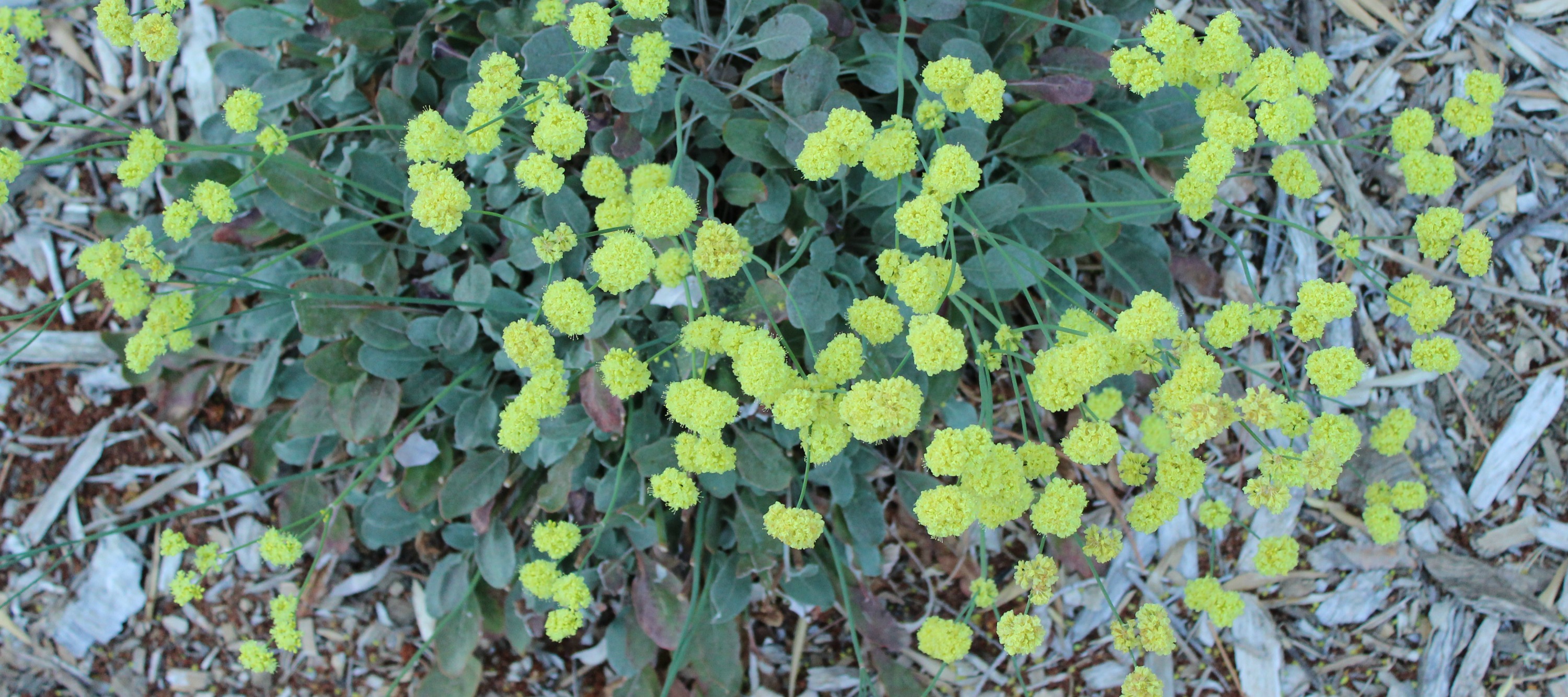
(Erigonum nudum) ‘Ella Nelsons yellow’ buckwheat
Most buckwheat plants can live through the summer without water, but look better when they receive deep watering. Once your plant is established, experiment with how often to water by watching to see how it does. It’s okay to stress your plants out a little bit to find out how long they can go without wilting or drooping, just be ready to quickly remedy the situation with deep water.
Plant for Pollinators
Buckwheat is a fantastic plant to have in the landscape if you want to attract different types of pollinators such as native bees, wasps, butterflies and flies. These insects seek the flower nectar and will become regular visitors once they discover your plant. To have a bountiful supply for the pollinators and to create a landscape they want to revisit, you’ll want to plant at least three of the same type of buckwheats in a group. See photos of pollinators on the National Geographic Website.
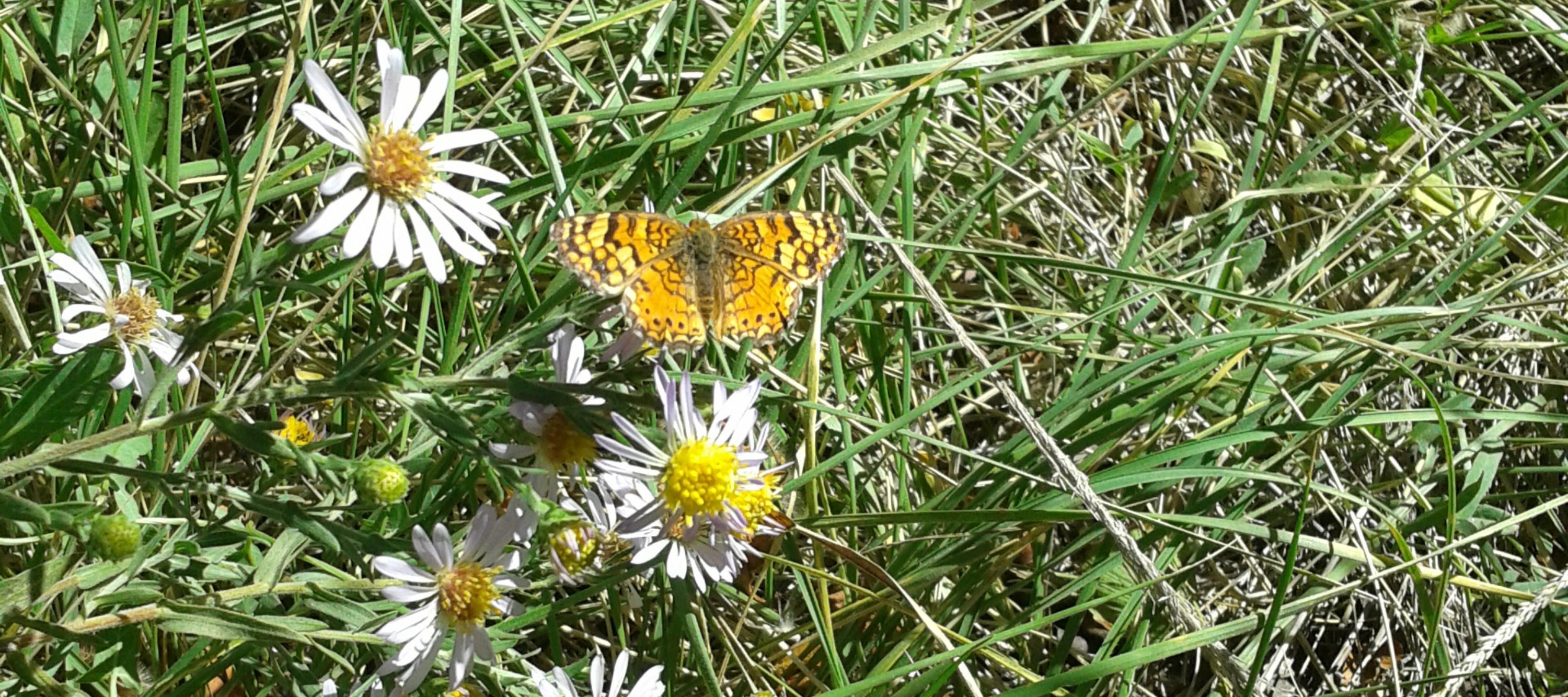
Butterflies such as checkerspots, hairstreaks, duskywings and painted ladies use buckwheats as their larval food plants, and may lay eggs that hatch into caterpillars on your plants. To find out which butterflies visit your region, visit the Butterflies and Moths of North America Website and choose your country, state, county, etc.
*not to be confused with Fagopyrum esculentum, also called buckwheat, a plant grown for its grain-like seeds. (This is why Latin names are so important!)
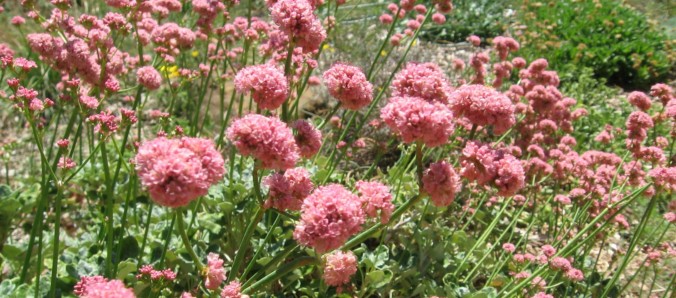
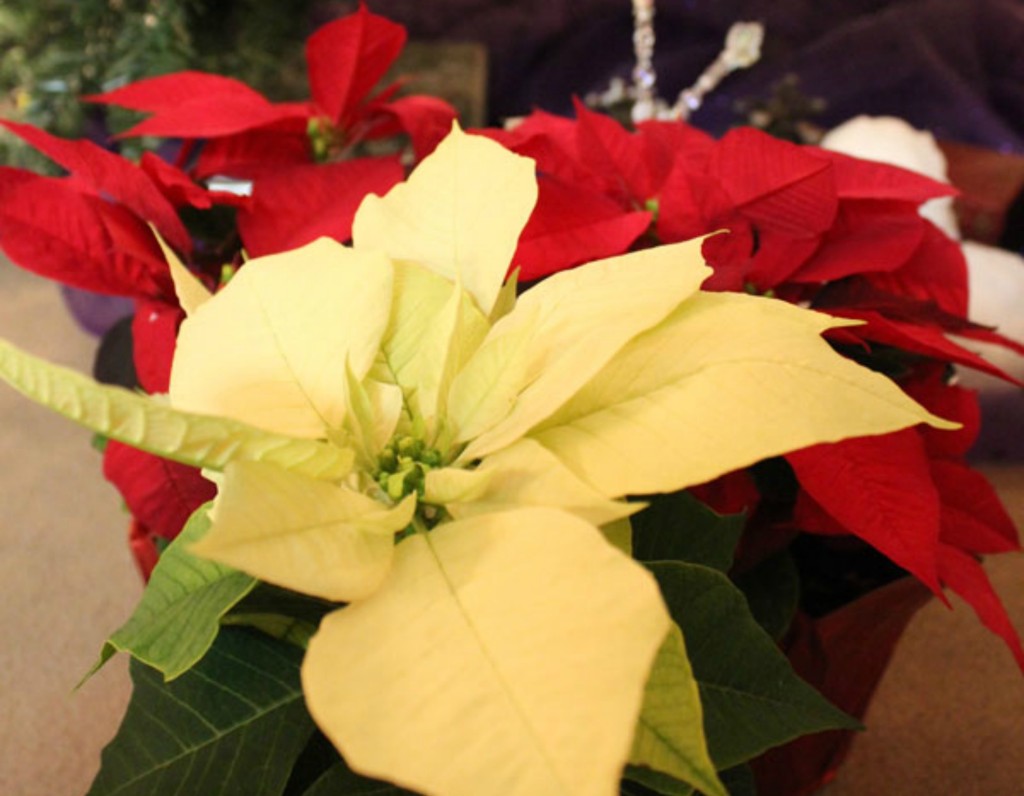

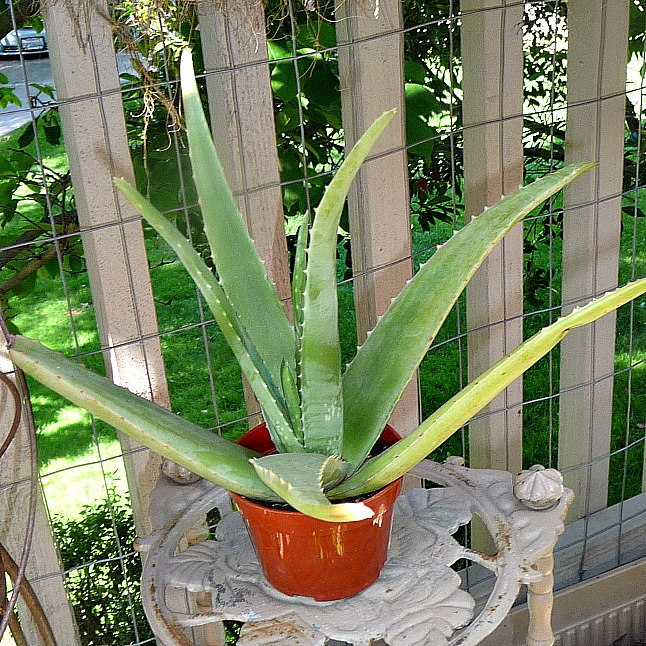

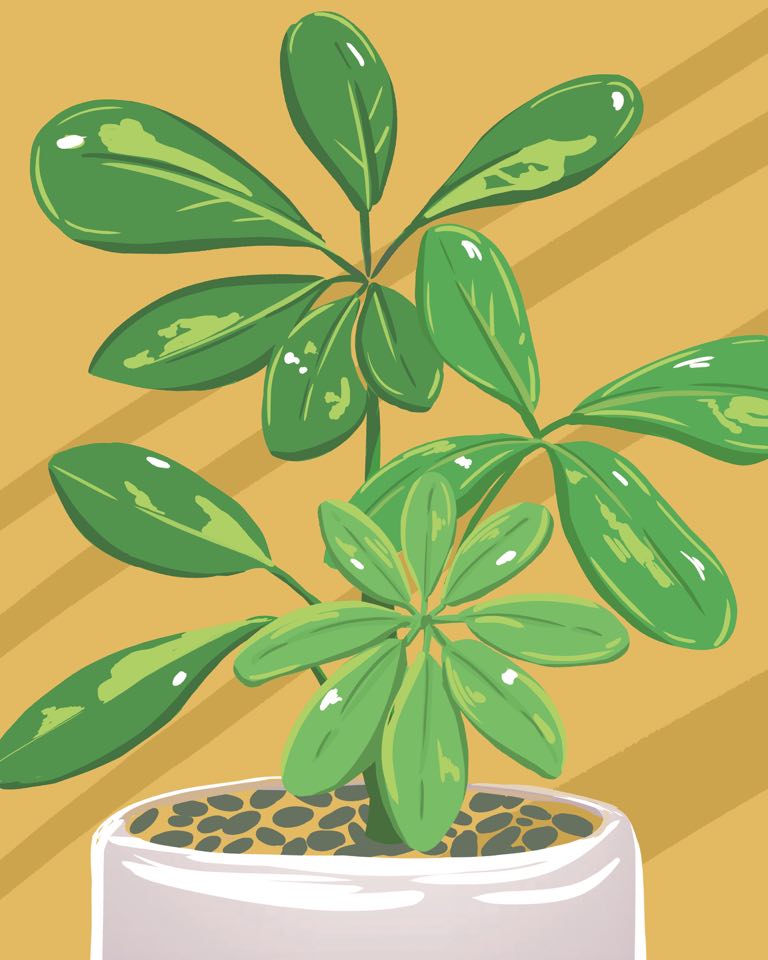
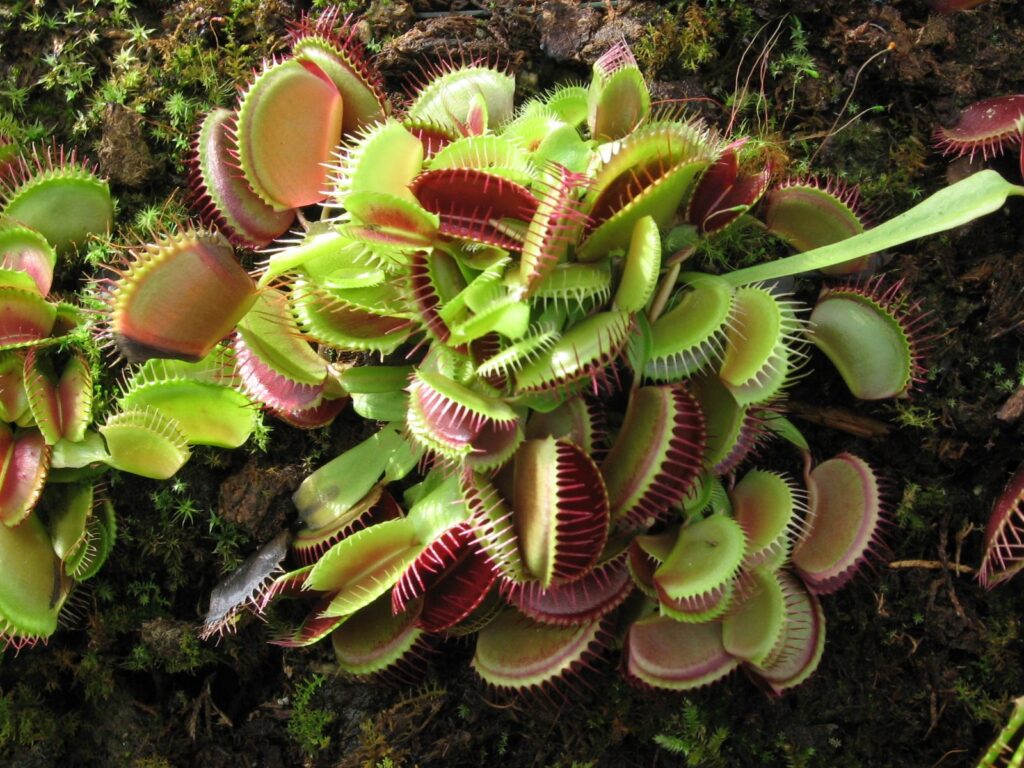
Leave a Reply